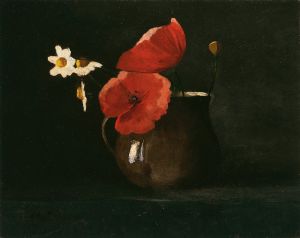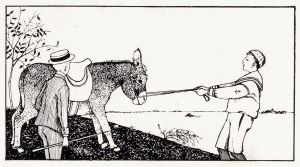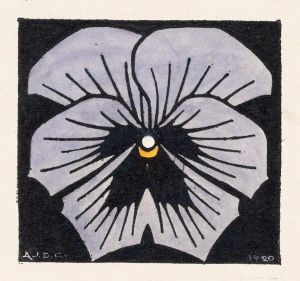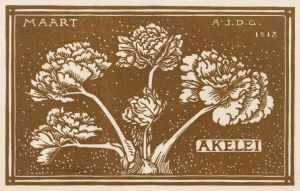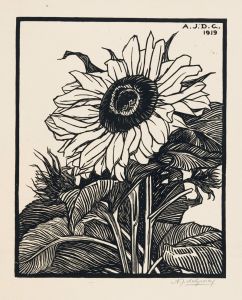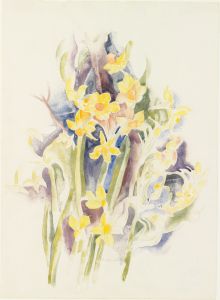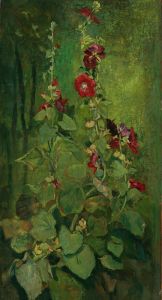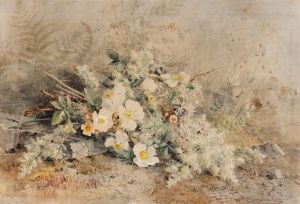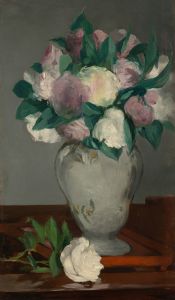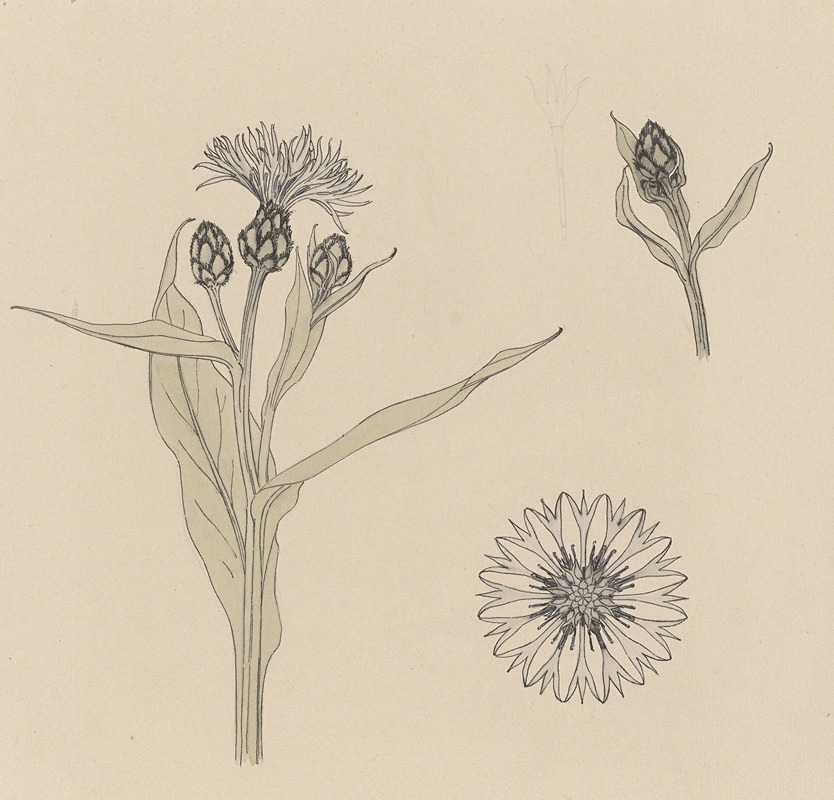
Studies van korenbloemen
A hand-painted replica of Julie de Graag’s masterpiece Studies van korenbloemen, meticulously crafted by professional artists to capture the true essence of the original. Each piece is created with museum-quality canvas and rare mineral pigments, carefully painted by experienced artists with delicate brushstrokes and rich, layered colors to perfectly recreate the texture of the original artwork. Unlike machine-printed reproductions, this hand-painted version brings the painting to life, infused with the artist’s emotions and skill in every stroke. Whether for personal collection or home decoration, it instantly elevates the artistic atmosphere of any space.
Julie de Graag (1877–1924) was a Dutch artist known for her distinctive style that combined elements of Art Nouveau and Symbolism. Her work often featured detailed studies of nature, animals, and plants, rendered with a keen eye for detail and a strong sense of design. One of her notable works is "Studies van korenbloemen," which translates to "Studies of Cornflowers."
"Studies van korenbloemen" exemplifies de Graag's meticulous approach to botanical subjects. The piece showcases her ability to capture the intricate details of cornflowers, a plant known for its vibrant blue petals and delicate structure. De Graag's work is characterized by her precise line work and the subtle use of color, which brings out the natural beauty of the flowers. Her studies often reflect a deep appreciation for the natural world, a common theme in her oeuvre.
De Graag was part of the early 20th-century Dutch art scene, a period marked by a transition from traditional to modernist approaches. Her work was influenced by the Art Nouveau movement, which emphasized organic forms and intricate linear designs. This influence is evident in "Studies van korenbloemen," where the flowing lines and natural forms are reminiscent of Art Nouveau aesthetics.
Throughout her career, Julie de Graag was associated with the Hague School, a group of artists known for their realistic depictions of nature and everyday life. However, her work also carried symbolic elements, often exploring themes of life, death, and the passage of time. This duality is present in her botanical studies, where the beauty of the flowers is juxtaposed with their ephemeral nature.
De Graag's contributions to art were recognized during her lifetime, although she did not achieve widespread fame. Her work was exhibited in various galleries and exhibitions, and she was part of the Dutch art community that included other notable artists of her time. Despite her relatively short career, her work has been appreciated for its technical skill and emotional depth.
"Studies van korenbloemen" is a testament to Julie de Graag's artistic vision and her ability to find beauty in the natural world. Her detailed studies of plants and flowers continue to be admired for their precision and artistry. Today, her works are part of various collections, and she is remembered as an important figure in Dutch art history.
Julie de Graag's life and career were tragically cut short when she died in 1924. However, her legacy lives on through her art, which continues to inspire and captivate audiences with its delicate beauty and profound insight into the natural world. Her work remains a significant part of the study of early 20th-century Dutch art, offering a glimpse into the artistic movements and cultural contexts of her time.





